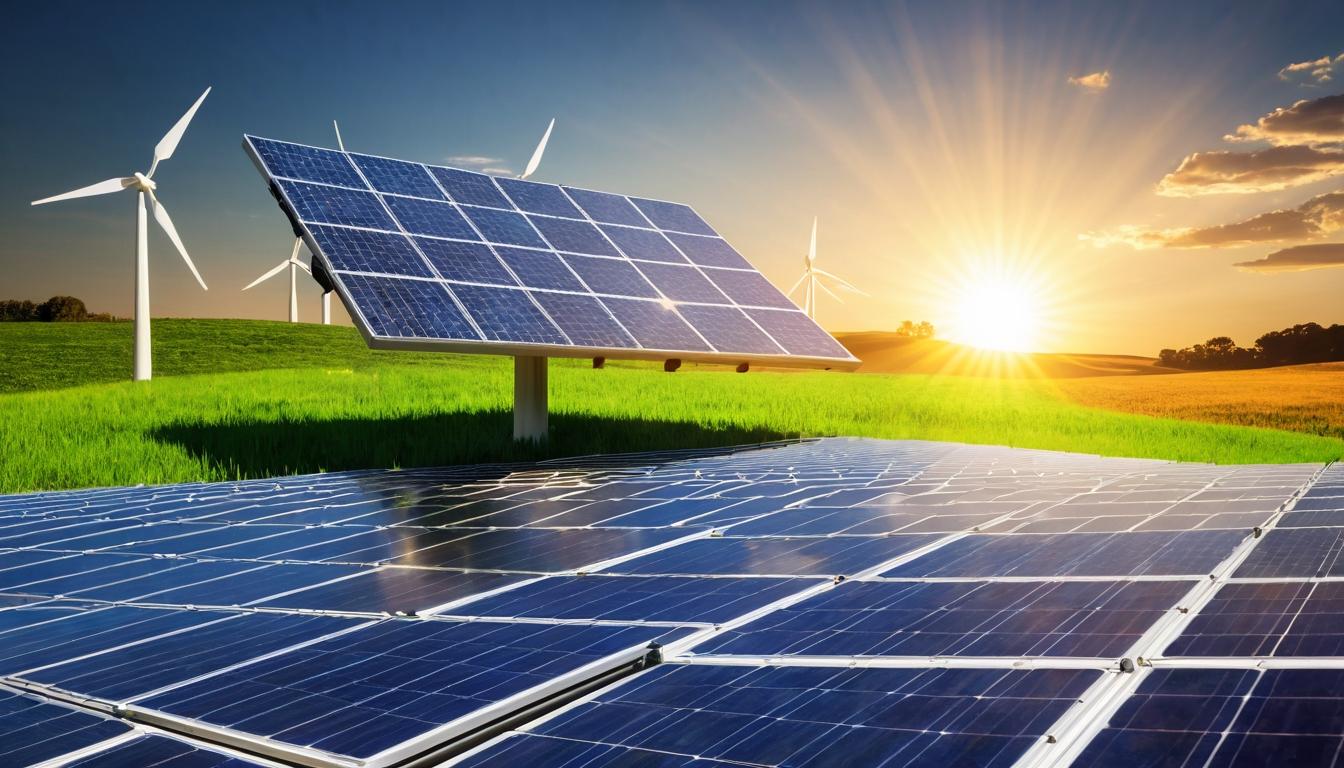Across sun-drenched rooftops from California to Florida, a silent revolution is underway. Millions of American homeowners are discovering that the power to control their energy destiny lies not in distant power plants, but right above their heads. The solar transformation isn't just about saving money—it's rewriting the rules of energy independence.
What began as a niche technology for environmental enthusiasts has exploded into a mainstream movement. The numbers tell a compelling story: solar installations have grown by over 10,000% since 2010, with residential systems leading the charge. This isn't just about being green anymore—it's about being smart with household finances while taking control of energy costs that once seemed unpredictable and uncontrollable.
The technology behind this revolution has undergone remarkable evolution. Today's solar panels aren't the clunky, inefficient eyesores of decades past. Modern systems blend seamlessly with roofing materials, with some manufacturers even creating solar shingles that are virtually indistinguishable from premium architectural roofing. Efficiency rates have climbed from single digits to over 22% for premium panels, meaning homeowners need fewer panels to achieve the same energy output.
Battery storage technology represents the missing piece that's finally falling into place. For years, the biggest limitation of solar power was its intermittency—the sun doesn't shine at night, after all. But advancements in lithium-ion and emerging solid-state battery technologies are changing the equation. Homeowners can now store excess daytime energy for use during peak evening hours, effectively creating personal microgrids that provide protection against blackouts and grid instability.
The financial landscape for solar has transformed just as dramatically. While the federal investment tax credit remains a powerful incentive, new financing models have democratized access. Power purchase agreements (PPAs) and solar leases allow homeowners to go solar with little or no money down, paying for clean electricity rather than the equipment itself. Community solar programs are expanding access to renters and those with unsuitable roofs, ensuring that the benefits of solar aren't limited to single-family homeowners.
Utility companies, once resistant to distributed generation, are increasingly embracing solar—though not always willingly. Net metering policies, which credit solar owners for excess energy fed back into the grid, have become battlegrounds in state legislatures across the country. The tension between traditional utility models and the rise of prosumers—energy consumers who also produce power—represents one of the most significant shifts in the history of American energy.
Manufacturing innovations are driving costs down while improving reliability. Bifacial panels that capture light from both sides, perovskite solar cells that promise even higher efficiencies, and robotic installation systems that reduce labor costs—all these developments point toward a future where solar becomes the default choice for new construction and retrofits alike.
The environmental impact extends far beyond reduced carbon emissions. Solar adoption is creating a distributed resilience network that makes communities less vulnerable to extreme weather events and grid failures. During hurricanes, wildfires, and other disasters, homes with solar and storage have maintained power while surrounding areas went dark, demonstrating the life-saving potential of energy independence.
Workforce development has become a critical component of the solar boom. The industry now employs over 250,000 Americans—more than coal, oil, and gas extraction combined in many states. Training programs from community colleges to union apprenticeships are preparing a new generation of installers, electricians, and engineers for careers in clean energy.
Looking ahead, the integration of solar with electric vehicles creates a virtuous cycle of clean energy adoption. Homeowners can use their solar arrays to charge EVs at minimal cost, while vehicle-to-grid technology promises to turn EV batteries into mobile storage units that can power homes during outages or feed electricity back to the grid during peak demand.
The solar revolution isn't without its challenges—permitting delays, supply chain constraints, and regulatory hurdles remain significant barriers. But the momentum is undeniable. What began as an environmental statement has become a practical financial decision, a technological marvel, and a fundamental shift in how Americans think about energy. The future isn't just bright—it's powered by the sun.
The solar revolution is quietly transforming America's energy landscape

